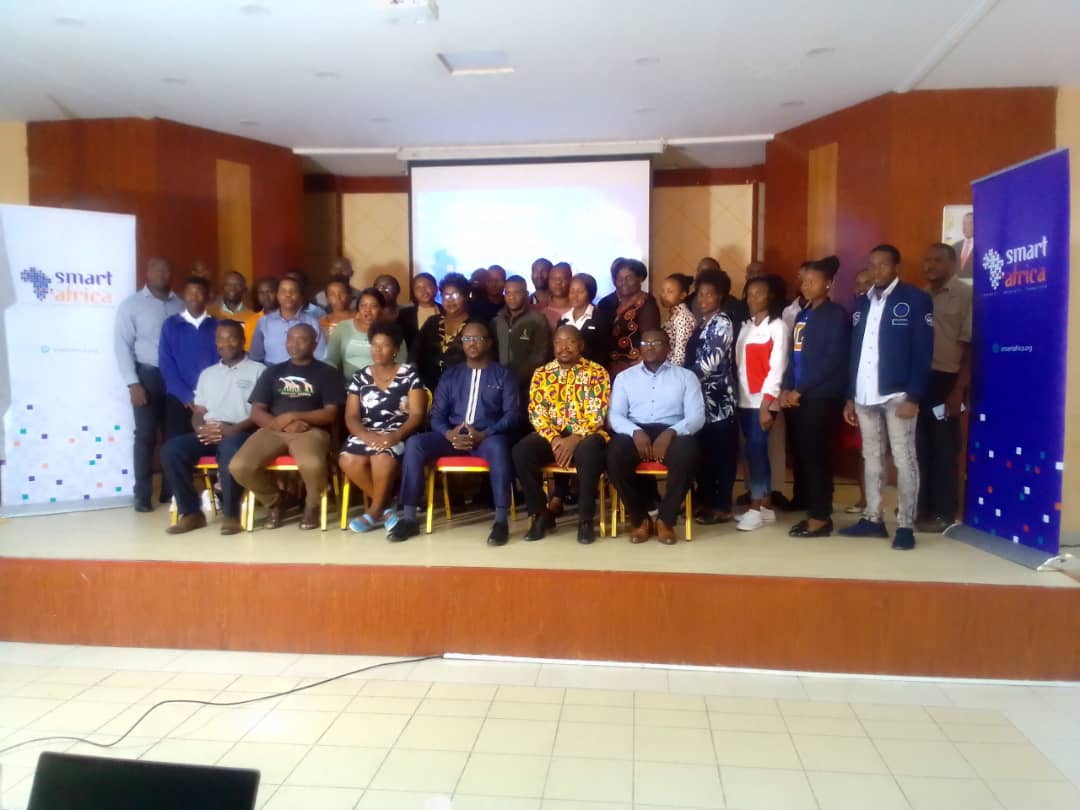|
Getting your Trinity Audio player ready…
|
By Fitzgerald Munyoro
The government of Zimbabwe through an amalgamation of the ministry of land, agriculture, fisheries, and rural development and the Ministry of Information Communication Technology, Postal and Courier Services has partnered with an African development conglomerate, Smart Africa, in the development of a real time agricultural data mapping system called Agriculture Information Management Systems(AIMS).
The AIMS project was launched in Mutare on Friday at a local hotel.
Speaking on the sidelines of the launch, Director of the Ministry of ICT, Postal and Courier Services, Engineer Lovemore Soko said the AIMS project is a key ingredient in the recomposition of the country’s farming prospect as it helps quantify and qualify Zimbabwe’s agricultural land and its associated water bodies.
Engineer Soko added that the Smart Africa initiative has tasked Zimbabwe with the role of once again becoming Africa’s bread basket and that the AIMS project would help digitally tabulate and profile all the farms, dams, crops, and livestock in an easy-to-use format.
“This AIMS blueprint charts the way for the deployment of ICT in Agriculture in the country and continent at large. In addition, Zimbabwe in partnership with the Smart Africa Alliance developed the Zimbabwe National Agritech Blueprint, which is our own domestication of the continental blueprint.”
“The implementation of the blueprint is the Agricultural Information Management System which is being launched today,” said Eng Soko.
The company that was tasked by Smart Africa Alliance to develop the AIMS is a Rwandan company called Estate Consultancy and its lead consultant Felix Ange said large and small-scale farmers are set to benefit due to the sheer amount of data that is accessible from one click on the system.
Ange said “The AIMS project addresses a plethora of problems that have troubled the Zimbabwean agricultural sector. Data on farming, water, and crop management was scattered. It was hard for prospective farmers to have a centralized data center to get information, The AIMS project will address that.”
“For seasoned farmers, it is also beneficial as it provides knowledge on what it requires for the specific farming season in terms of inputs. It also gives data on crop disease prevalence and helps farmers to plan accordingly,” said Ange.
Meanwhile, Centre for Natural Resource Governance (CNRG) Director Farai Maguwu welcomed the move and expressed hope that the project will encourage accountability in land management and apportionment.
“Hopefully, this system will bring some semblance of transparency to issues to do with land management. If applied correctly, a lot of issues and disputes to do with land might be put to bed. It is my hope that accountability will prevail in issues to do with land which is a valuable natural resource.” said Maguwu.
Director of Innovation and Technology at Smart Africa, Didier Nkurikiyimfura expressed confidence that Zimbabwe has the potential to elevate its agricultural sector to world-class levels.
“We believe Zimbabwe has strong leadership with a clear vision of what needs to be done. This is why as Smart Africa, we have tasked Zimbabwe with resuscitating its agriculture sector to reach bread basket levels again.
“Zimbabwe is blessed with natural resources and with the implementation of technology into the agricultural sector, the productivity that lies within the sector can be accelerated,” said Nkurikiyimfura.
The Smart Africa Alliance started in 2013 with seven countries mostly from the Central and East African block.
The founding countries had a shared vision to improve agriculture with the use of technological advancement.
The number has since grown to 35 active member countries with one of the continent’s largest economies Nigeria being one of the latest entrants.
Since joining Smart Africa, Zimbabwe was immediately tasked with leading the African continent in Agritech.
It is in this regard that Zimbabwe developed the African Continental Agritech Blueprint which has proved to be the backbone of the AIMS project.
